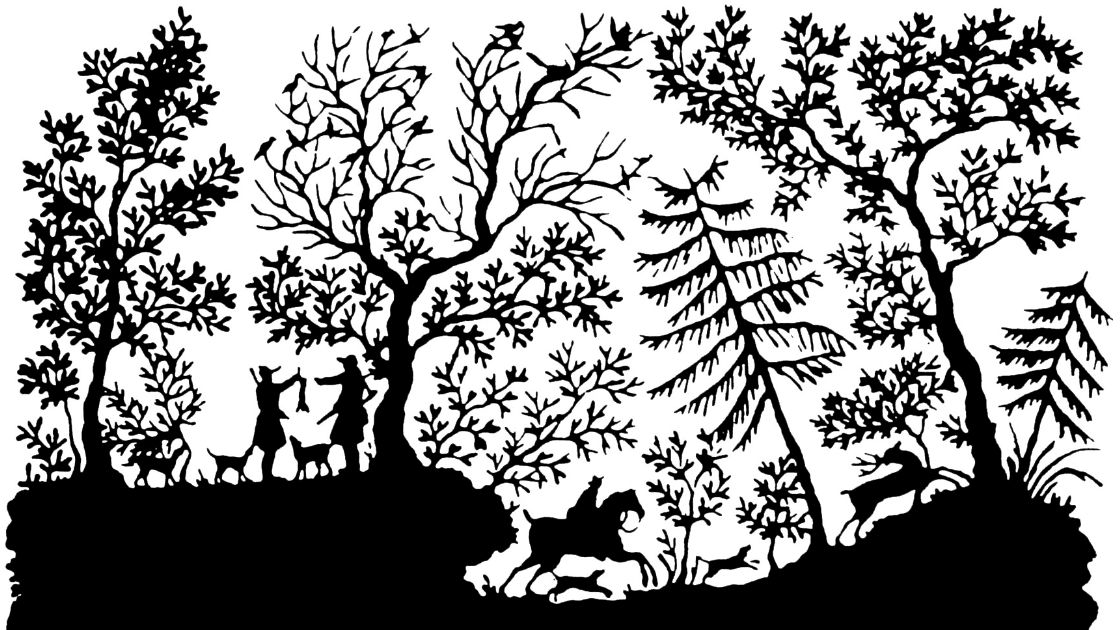One of the things I’ve always found interesting about the Pennsylvania Germans is their folk art such as hex signs on barns and frakturs. Scherenschnitte (pronounced something like Sharon-Sh-knit-a) is the German and Pennsylvania German tradition of cutting paper. Traditionally, these paper designs were done by folding the paper and cutting to make a continuous design similar to the childhood craft of creating paper snowflakes or paper dolls that hold hands.
In the beginning, scherenschnitte were often used as decorative pieces for birth certificates, love letters, and marriage certificates. These tended to incorporate flowers, birds, and hearts. Since paper was originally expensive, old letters or newspapers were often used. This offers some unique insight into the lives of the people who made them. During the Victorian Era, scherenschnitte was used to make shelf paper for cupboards, cake doilies, or table decor.
Scherenschnitte can also create a picture or tell a story. For the Germans, many of the picture cutouts were based on folk tales. These images usually featured people and activities, which shares a lot in common with the French tradition of silhouette cuts. Silhouettes, white images on black paper, were often inexpensive forms of art work. They were far less costly than paintings.
Today, scherenschnitte is still going strong and seems to have gained a following. With exacto-knives in their toolkit, artists are now able to accomplish very delicate and detailed work. They are only limited by the extent of their creativity.
